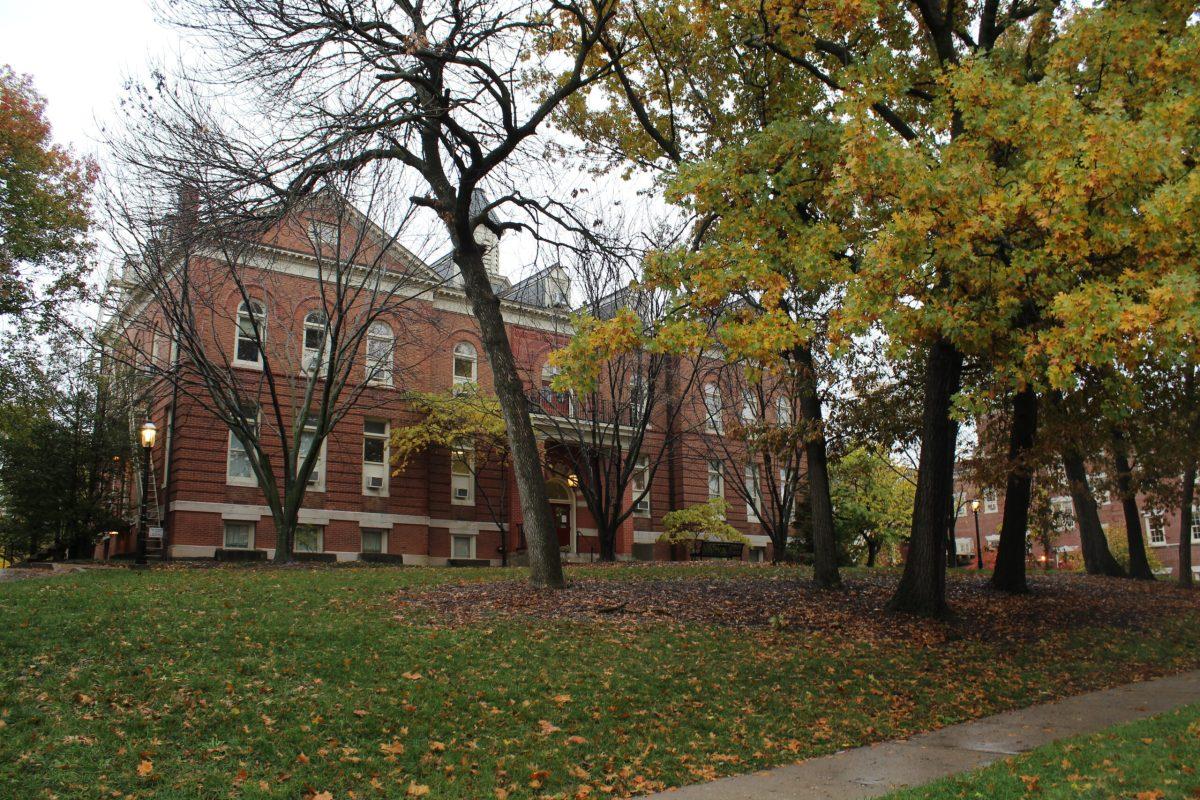
The MU Space Reduction and Strategic Relocation Plan, initiated in 2017, aims to remove 750,000 gross square feet of building space from campus by 2023.
The plan was initiated to reduce the cost of maintaining older buildings that require major renovations, according to Gerald Morgan, director of space planning and management.
“We have $841 million worth of backlogged maintenance and capital needs for our educational and general buildings,” Morgan said.
State appropriations and tuition contribute to funding for the maintenance of campus buildings and facilities, Morgan said. The project’s Master Plan states that it strives to “reduce deficient facility square footage in order to reallocate savings to buildings that improve and support student success, outreach and research.”
Currently, Loeb Hall, Parker Hall, Noyes Hall, the Old Student Health Center, the Columbia Professional Building and London Hall will be demolished as part of the project. The Research Park Development Building was demolished between May 2019 and August 2019.
The buildings are chosen for demolition based on a facility condition needs index, which measures the deficiency of a building’s condition.
“[The index] includes the condition of the interior finishes all the way to the condition of the mechanical systems, electrical systems, plumbing — everything that makes a building operate,” Morgan said.
The Master Plan states there are currently 49 buildings at MU with an index of over 0.4, meaning that 40% of the building is deficient. This ranking is large enough that the building is in need of renovation or demolition.
“Even when unoccupied, these buildings require precious resources in terms of maintenance, labor and utilities,” the plan states.
Before demolition, office space and labs must be relocated to other areas of campus. Cooper Drury, senior associate dean for the College of Arts and Science, believes making these accommodations is the most difficult aspect, especially for psychology labs with specific needs.
“We have ideas of where to go, but some of these things are very specialized,” Drury said.
According to Morgan, on average, 15 to 20% of space in most campus facilities are underutilized and could be further reconfigured or consolidated into a smaller footprint.
“Our main goal before even talking about reduction of spaces [is that] wherever we move people, they have to be able to carry out their academic mission,” Morgan said. “You have to accommodate the people in their programs, or else you’ve got real problems.”
Another main focus of the project is to relocate those in Mizzou North to main campus and eventually divest the building or site. The building holds the Museum of Anthropology, the Museum of Art and Archeology, clinics for the School of Health Professions and research space. The total cost of facility needs at Mizzou North adds up to over $52 million, Morgan said.
“If we [divest from or demolish] that building … we no longer have that need [on the books],” Morgan said. “Plus, we’re saving on all the annual operating costs. So for a building like Mizzou North, that’s easily a million a year, if not more, in operating costs.”
The two MU museums will eventually relocate to the Student Success Center, and the Student Success Center will relocate to Ellis Library.
During building renovations or demolitions, Morgan believes MU strives to maximize sustainability by reducing the amount of waste that results from these projects.
“One of the things we require on major renovations is that our contractors have to recycle any materials that come out of the buildings that can be recycled,” Morgan said.
After buildings on campus are demolished, Morgan suggested they will most likely become green spaces or future building sites, although no official plans have been released at this time.
The exact costs of this project have not been released at this time.
_Edited by Laura Evans | [email protected]_